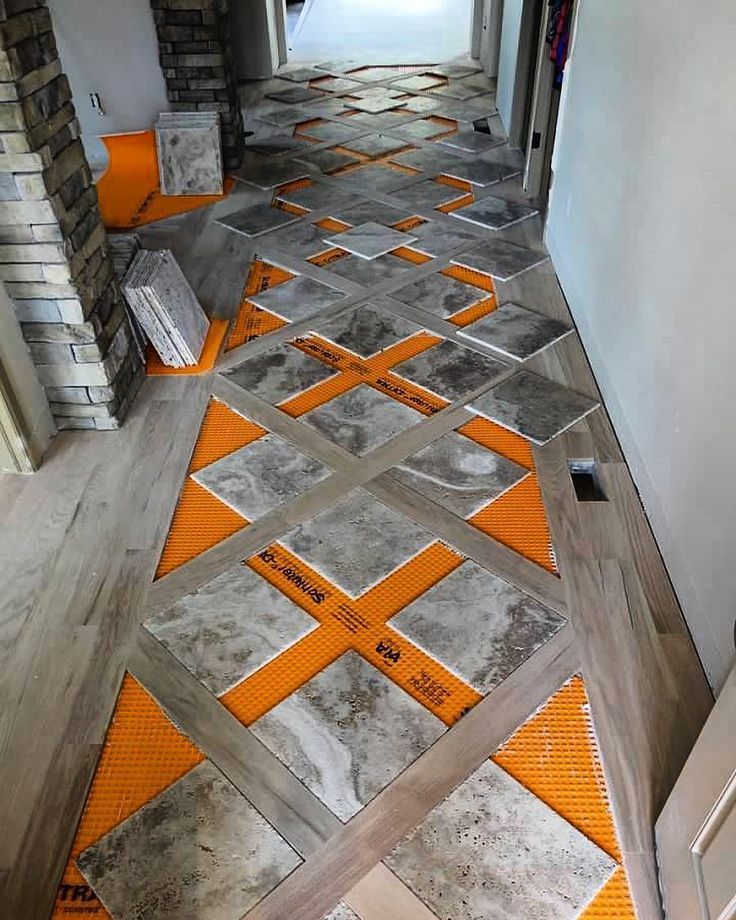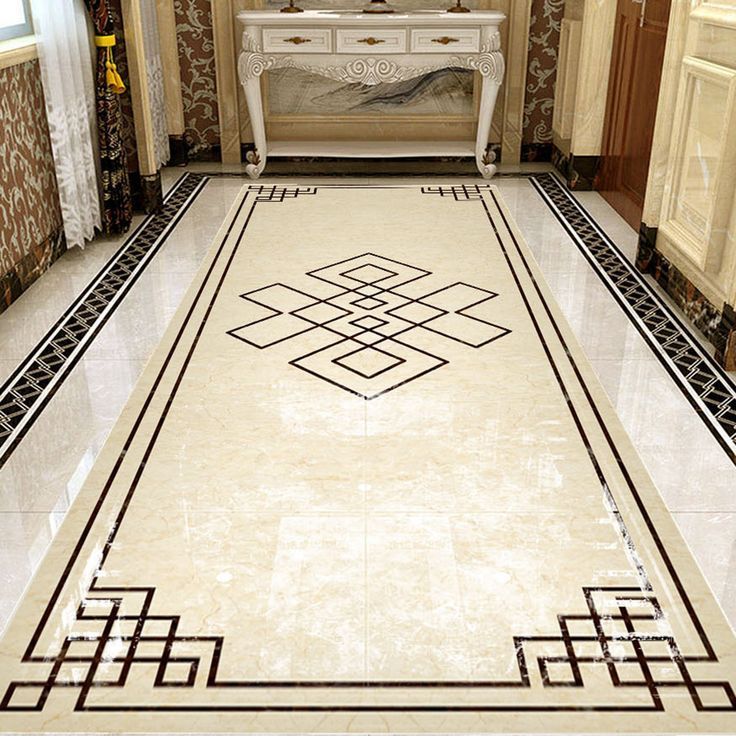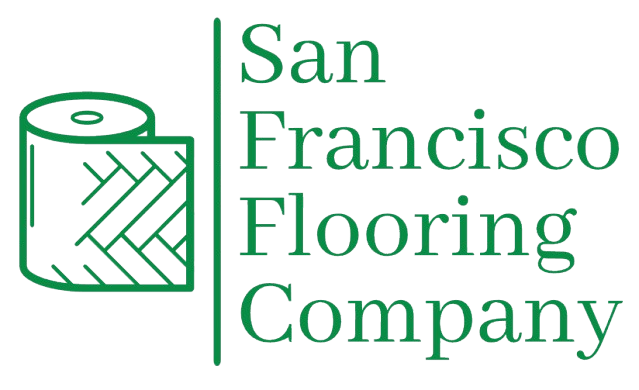Floor Inspection and Consultation
When it comes to your floors, proper inspection is essential for both new installations and existing surfaces. At San Francisco Flooring Company, we inspect every floor carefully before and after installation to ensure perfection. Our thorough inspection process helps identify potential issues early, saving you time and money while extending the life of your flooring.
We understand that floors are a major investment in your home or business. That's why our team of certified flooring experts provides comprehensive inspections and consultations tailored to your specific needs. Whether you have hardwood that's showing signs of wear, laminate with moisture issues, or you're planning a new installation, our detailed assessment gives you clarity about your options.
Our inspection services cover all types of flooring across San Francisco and surrounding areas. We follow a methodical approach - starting with a detailed examination, identifying problem areas, and providing clear recommendations for repair or maintenance. This careful attention to detail is why so many property owners trust us with their flooring needs.
Types of Flooring Inspected
We use specialized tools and techniques to thoroughly evaluate floor conditions and identify potential issues before they worsen.
Hardwood and Laminate
We inspect both solid hardwood and engineered wood flooring for common problems like cupping, crowning, and buckling. Our technicians carefully examine boards for gaps, splits, and finish issues that might indicate moisture damage or improper installation. We use moisture meters to test both the flooring and subfloor.
For laminate floors, we check for delamination, water damage, and improper expansion gaps. We pay special attention to high-traffic areas where wear is most likely to occur. Common issues we identify include:
- Moisture-related damage
- Improper acclimatization
- Installation errors
- Finish failures
- Subfloor inconsistencies
Our team can determine if problems are covered under manufacturer warranties or if they stem from installation or maintenance issues.
Carpet and Rugs
We thoroughly inspect carpets and area rugs for wear patterns, staining, and installation problems. Our technicians check for proper stretch, seam integrity, and cushion condition. We identify issues like delamination, buckling, and premature wear. We use specialized tools to examine:
- Pile condition and fiber integrity
- Backing stability
- Sub-floor moisture levels
- Installation methods
- Transitions to other flooring
We also evaluate pet damage, sun fading, and chemical spotting. Our inspections help determine if carpet issues result from manufacturing defects, installation problems, or maintenance practices.
Tile and Stone
Our tile and stone inspections cover ceramic, porcelain, natural stone, and concrete surfaces. We check for loose or hollow-sounding tiles, cracked grout, lippage (uneven edges), and moisture issues. Aspects we evaluate include:
- Substrate integrity and preparation
- Proper installation techniques
- Grout condition and sealing
- Pattern alignment and spacing
- Signs of moisture infiltration
We use moisture detection equipment to find hidden water problems that might lead to mold or tile failure. Our team evaluates if problems stem from installation errors, substrate issues, or material defects. For natural stone, we also check for proper sealing, etching from acidic substances, and natural fissures that might develop into cracks.
Our Floor Inspection Process
We examine every detail to provide accurate recommendations and ensure your floors meet the highest standards.
Initial Consultation
We begin by listening to your concerns and goals for your floors. During this first step, we'll ask about the age of your current flooring, any issues you've noticed, and your expectations for the project.
This helps us prepare for the physical inspection. We'll also discuss your budget constraints and timeline requirements to ensure our solutions align with your needs.
Many floor problems develop slowly over time. That's why we ask about any strange noises, uneven areas, or moisture issues you might have noticed. These details give us valuable clues about potential underlying problems. We'll also review any previous work done on your floors and discuss how you use the space daily.

On-Site Assessment
Our certified inspectors arrive at your property with specialized tools to evaluate your floors thoroughly. We examine the entire floor surface for signs of damage, wear patterns, and structural issues.
We use moisture meters to detect hidden dampness that could affect new flooring installation. Our team also measures floor levelness and checks for subfloor damage that might not be visible from above.
Temperature and humidity readings help us understand your home's environment and how it impact different flooring materials. We pay special attention to high-traffic areas where wear occurs first.
If you have existing hardwood floors, we'll assess if refinishing is possible or if replacement is needed. For other floor types, we evaluate the condition and determine if repairs can extend their life.

Report Preparation
After completing our inspection, we compile our findings into a clear, detailed report. This document includes photos of problem areas, measurements, and specific recommendations for your floors.
We prioritize issues based on urgency and provide multiple solution options at different price points. The report highlights potential challenges that might arise during installation or refinishing.
Each recommendation comes with an estimated timeline and cost breakdown. We avoid technical jargon and explain everything in plain language so you can make informed decisions.
We'll walk you through the report personally, answering any questions you might have. Our goal is to provide honest assessments without pushing unnecessary services.
The report serves as a valuable reference document throughout your flooring project and helps ensure we all share the same expectations.

Common Floor Issues Identified
During our floor inspections, we consistently find several issues that homeowners and building managers should watch for. These problems often develop gradually and can lead to more serious damage if left unaddressed.
Moisture and Mold Problems
Excess moisture is one of the biggest enemies of your flooring. We identify water damage during our inspections, especially in bathrooms, kitchens, and basements. Signs include warping, cupping, or crowning of hardwood floors, and discoloration or bubbling in laminate flooring.
Mold growth accompanies moisture problems. We look for black or green spots along baseboards and under carpets. In San Francisco's foggy climate, homes near the coast are particularly vulnerable to moisture issues.
Our inspectors use moisture meters to check humidity levels in your subflooring. Readings above 12% in hardwood typically indicate a problem requiring immediate attention. We can trace the source of leaks, whether from plumbing issues, poor ventilation, or exterior water intrusion.
Wear and Tear Analysis
Normal aging affects all flooring types differently. We evaluate:
- Traffic patterns: Visible pathways where finish has worn away
- Sun damage: Fading and discoloration in areas exposed to direct sunlight
- Scratches and dents: Damage from furniture, pets, or high heels
- Finish degradation: Dulling, peeling, or thinning of protective coatings
In busy San Francisco homes and businesses, we often find excessive wear around entryways and in hallways. Hardwood floors typically show wear first in the finish layer before affecting the wood itself.
We assess if simple refinishing can solve the issue or if more extensive repairs are needed. Our experience with local buildings helps us determine if your floor's wear is normal for its age or accelerated by other factors.
Structural Integrity Concerns
Floors that squeak, bounce, or feel uneven may have underlying structural problems. We check for:
- Inadequate subfloor thickness
- Improper joist spacing
- Damaged or rotting support beams
- Pest damage (particularly termites)
Foundation settlement is common in older San Francisco homes. We use specialized equipment to measure floor levelness within 1/8 inch across 10 feet.
Loose floorboards, visible gaps, or creaking sounds when walking suggest fastener failure or wood shrinkage. We also examine if noise transfer between floors indicates insufficient soundproofing or structural deficiencies.
We document all structural concerns with photos and specific measurements to help you understand the severity of any issues found.
FAQs About Floor Inspection and Consultation
Floor inspections help identify problems before they become costly repairs. Our team gets many questions about the inspection process and what to expect during a consultation.
What should be considered when selecting a professional for floor inspection?
Look for experience with your specific flooring type. A qualified inspector should have several years working with hardwood, laminate, vinyl, or whatever material your floors use. Check reviews and ask for references from past clients. Good inspectors will happily share testimonials from satisfied customers. We recommend choosing someone who offers detailed written reports. These documents provide valuable information for insurance claims or contractor discussions.
How does a flooring inspector assess subfloor condition?
We use moisture meters to check dampness levels in both the flooring and subfloor. High readings can indicate leaks or ventilation problems. Our inspectors look for signs of sagging, bouncing, or unevenness. These issues often point to structural problems underneath the visible floor. We may remove small sections of flooring when necessary to directly examine the subfloor condition. This helps us see any hidden damage.
What are common issues identified during a floor inspection?
Water damage is one of the most frequent problems we find. Signs include cupping, crowning, or buckling of wood floors. Poor installation practices like inadequate expansion gaps or improper fastening often cause premature floor failure. We regularly discover pest damage, especially in older homes. Termites and other wood-boring insects can severely compromise floor integrity.
Can a floor inspection reveal installation defects?
Absolutely. Our inspections frequently uncover improper installation methods. We check for correct nailing patterns and spacing in hardwood floors. Adhesive issues become apparent during our assessment. Too little adhesive or the wrong type can lead to loose or noisy floors. We identify improper acclimation problems that cause gaps or buckling. Flooring materials need proper time to adjust to your home's environment before installation.
How often is a floor inspection recommended for commercial properties?
High-traffic commercial spaces should have floors inspected annually. Regular checks prevent small issues from becoming major disruptions to business operations. Properties with moisture concerns need more frequent inspections. Restaurants, hotels, and buildings near water sources benefit from semi-annual evaluations. We recommend scheduling inspections before property transfers or lease renewals. This creates clear documentation of floor conditions for all parties involved.
